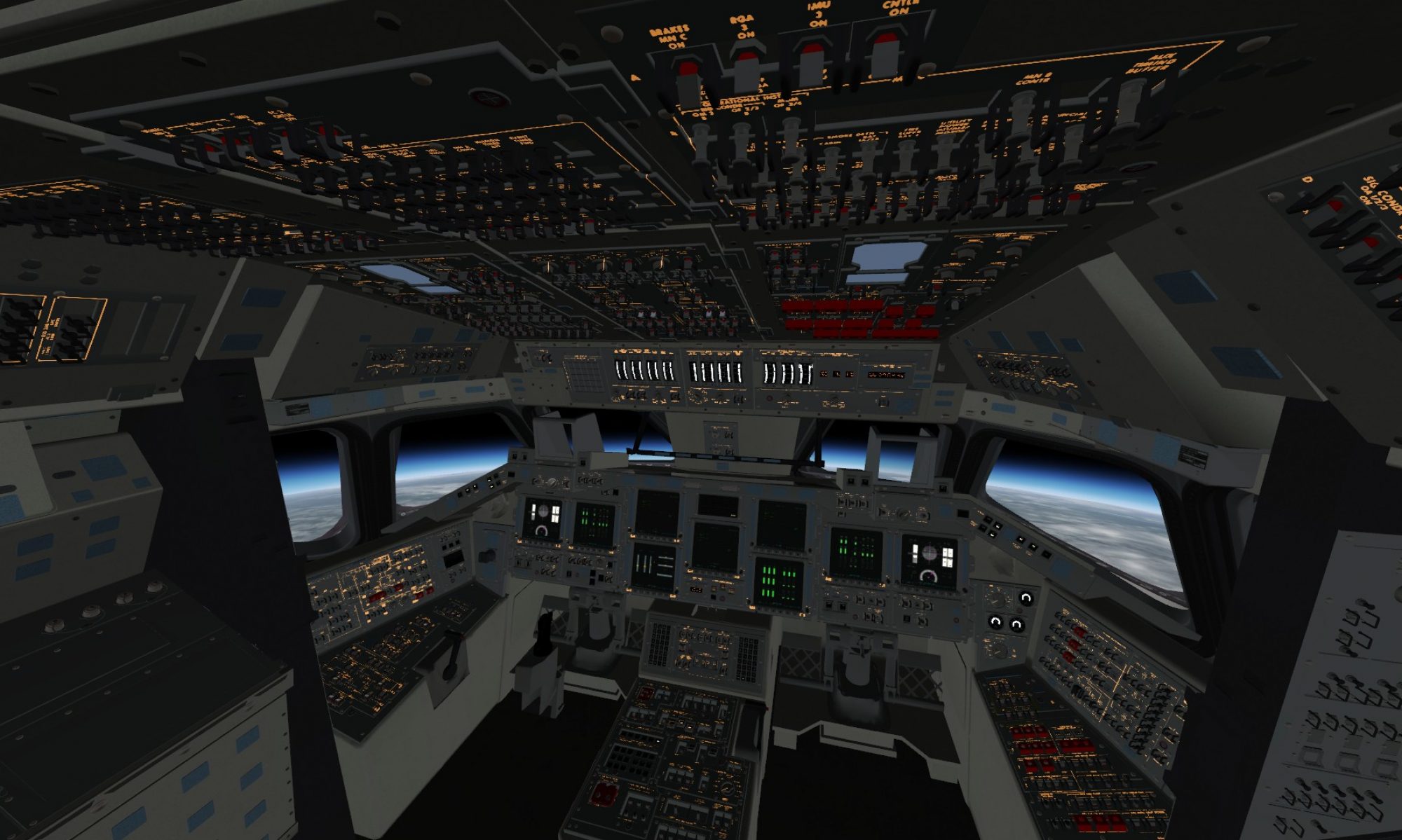

#Flightgear vr download#
To build the position tracker, you have to download and build the Oculus SDK (v0.3 at the time of writing this, 0.4 version is not yet available for Linux) and change the paths of the Oculus SDK in the Makefile. I have only tested this program in Linux. I think the external camera is only supported from v0.4 of the SDK. It seems the heading needs some reset if you put the headset on the table, so do not put the headset on the table while running the tracker I'm guessing and not really sure, but I think v0.3 of the SDK uses internal accelerometers to track the position and does not use the external camera for synchronization. This assumes FligthGear is running with a telnet server in port 9000. tracking position: you'll find below a standalone program that tracks the position of the headset and moves the view accordingly. I'm still researching how applying the barrel distortion the Oculus needs to create the 3D effect, but my bet is still on an OpenSceneGraph plugin without any modification in FlightGear or SimGear (apart from the switch in the stereoscopic menu to activate this mode) I'll wait for the 0.4 version of the Oculus SDK for Linux. Obviously, the 3D effect is lost but the immersion is not. Image: using stereoscopic mode, fullscreen, eyes distance=0. Using Oculus Rift DK2 and Oculus SDK 0.3 on Linux. As for head tracking and interfacing I always use a head tracker to control the view direction these days (and am unsure I could fly well without it ).In case there is any other interested user, these are my advances so far: Stereo view is already available since half a decade. In addition embedded scripts can be used as well.įor now it seems the stumbling block for VR glasses mostly is the lack of barrel distortion for lensed VR glasses. Except for some parameters used internally by the flight dynamics models (FDMs) and a few other, any parameter used internally by FlightGear can be mapped to buttons or axis on input devices. It's a completely different world and a harder problem than it looks.įlightGear is extremely flexible when it comes to input device configuration. Aside from a whole new rendering pipeline, there is no natural mapping from a set of controls based on keyboard and mouse to the VR hand-controllers. Goatchurch wrote in Sun 7:55 pm: it looks like it would be difficult to put VR support into here. In case people aren't keeping up to date with VR at the moment, the best and most accessible kit now is the Oculus Quest2, which retails at $300 and is fully self-contained - no wires! The tech has moved on a lot in the years since some of the earlier VR threads which I have found on this forum. If anyone has any questions about Godot and VR please ask me.
#Flightgear vr how to#
I am looking around at this project because I am investigating on how to implement a realistic VR simulator for a hang-glider. One way forward could be to scavenge parts of this project and compile it into Godot where the VR user interface could easily be implemented. It's a completely different world and a harder problem than it looks. I have just discovered this project, but it looks like it would be difficult to put VR support into here.

#Flightgear vr software#
VR (or "Virtual Reality" because the forum software won't accept searches for a term as short as VR) support is very good in Godot, an open source games engine.


 0 kommentar(er)
0 kommentar(er)
